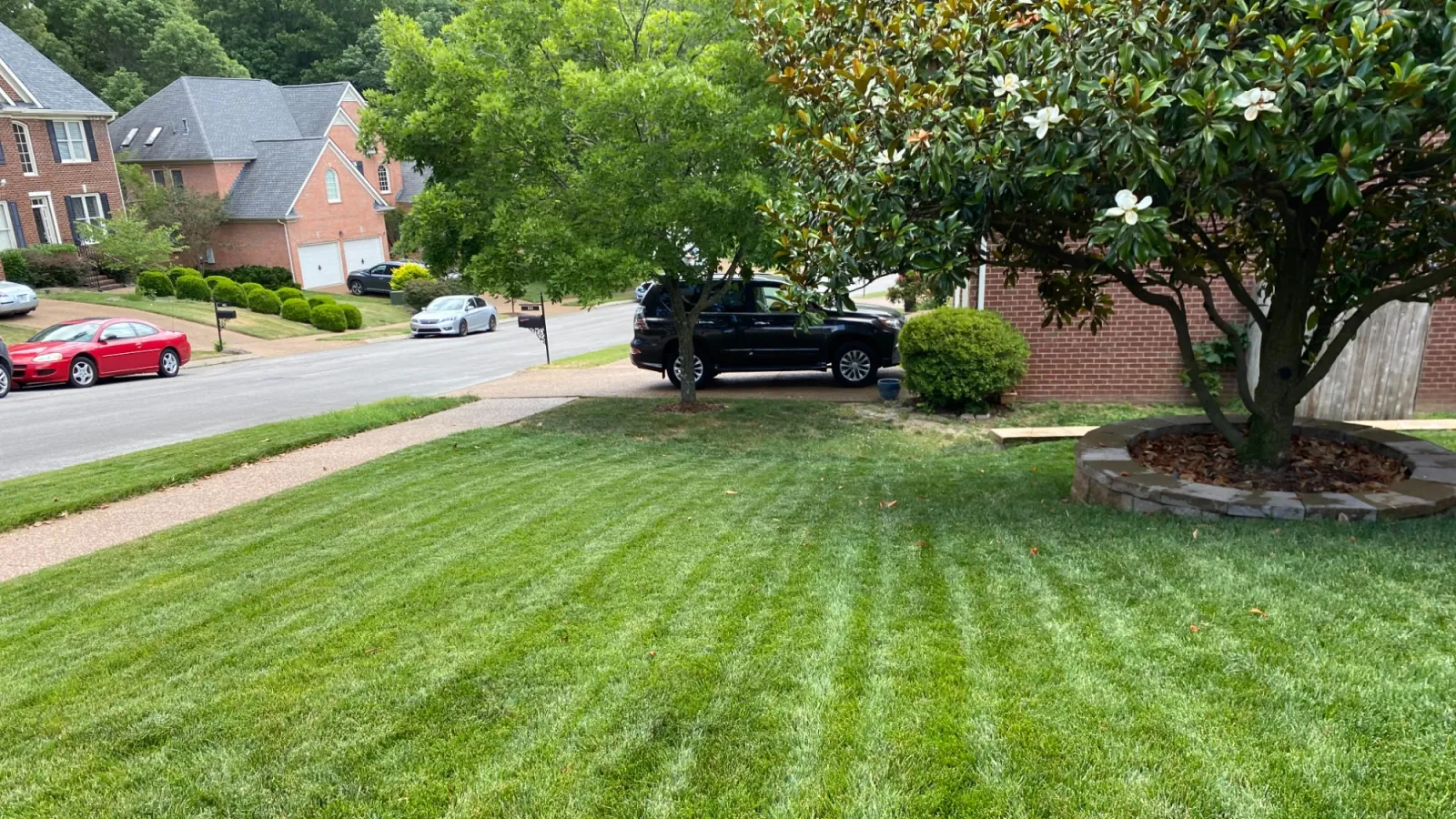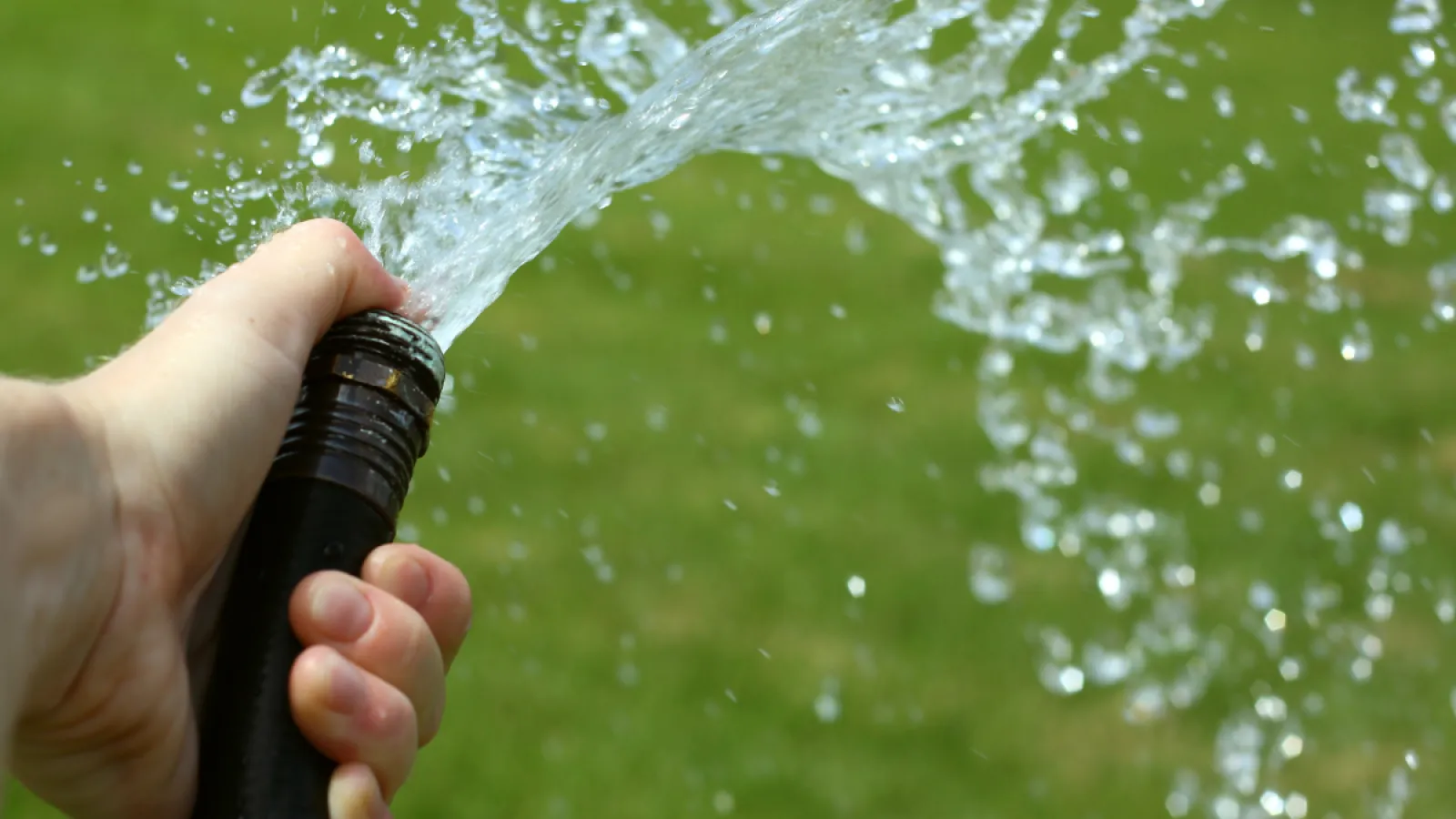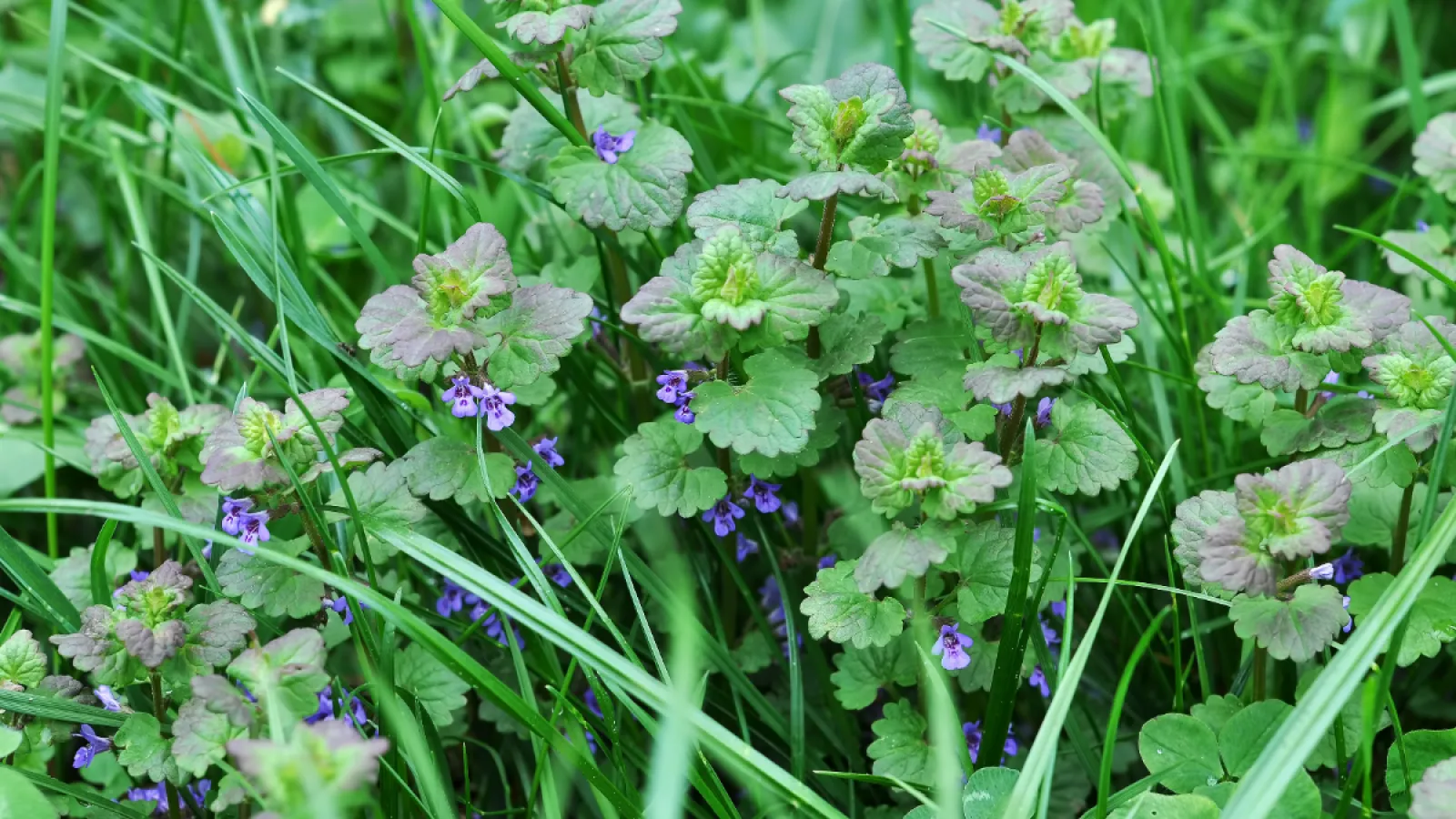
Winter Care For Fescue Lawns
As a cool-season grass, Fescue stops top growth during the cold winter months. However, the turf's roots continue growing and storing carbohydrates for the next spring and summer's growth period. Keep in mind these critical steps to ensure your Fescue lawn stays healthy during the winter months, so it is ready to bounce back in the spring.
Watering Your Fescue Lawn
Cool-season grasses do not necessarily go dormant during the winter months. This means you should water your Fescue every now and then on a mild day when there is no threat of a hard freeze overnight. If you are expecting a frosty night, water the night before. A deep watering allows the moisture to evaporate slowly overnight. This evaporation creates friction and heat around the grass blades, protecting them from damage.
Mowing Your Fescue Lawn

Fescue can survive some hot, dry summers if it is mowed properly throughout the year. Keeping it healthy in cool months will make it stronger in warm months. Maintain the mowing height as high as possible starting in the fall after you have overseeded. The grass should be at least 3″ high and getting it up to 4″ is even better. Keeping the grass higher in the fall will aid the development of the young grass and to continue this through the winter will aid in preventing Poa annua.
Mow your Fescue grass every five to seven days until the weather consistently hits 32 degrees Fahrenheit mark daily, or until it stops growing. Continue mowing as needed until the weather warms closer to the spring. Proper mowing of Fescue throughout the winter will help prevent weeds such as Poa annua, and aid younger grass development.
Cleaning Up
It's important not to leave debris, excess leaves, or small objects on your Fescue lawn during the winter. They can get buried under frost or snowfall and smother the grass, creating conditions for disease. This also prevents further damage, so younger grass can mature. You wouldn't want to take all the steps to winterize your lawn, only to forget a pet toy and have it leave a dead spot in your grass the next spring.
Staying Off the Fescue Lawn

When conditions for frost begin, it's important to stay off the grass until the frost is completely melted. It's especially important to be careful with a Fescue lawn after a frost, because the grass is still actively growing and you will still be actively mowing. Walking on a frost Fescue lawn can cause damage to the grass blades, causing them to crunch and turn brown.
We're Here To Help
Winter care for Fescue is vital for a healthy lawn year-round. If you have any questions about caring for your Fescue lawn in the winter, we're here to help. Contact us for answers to your questions.


